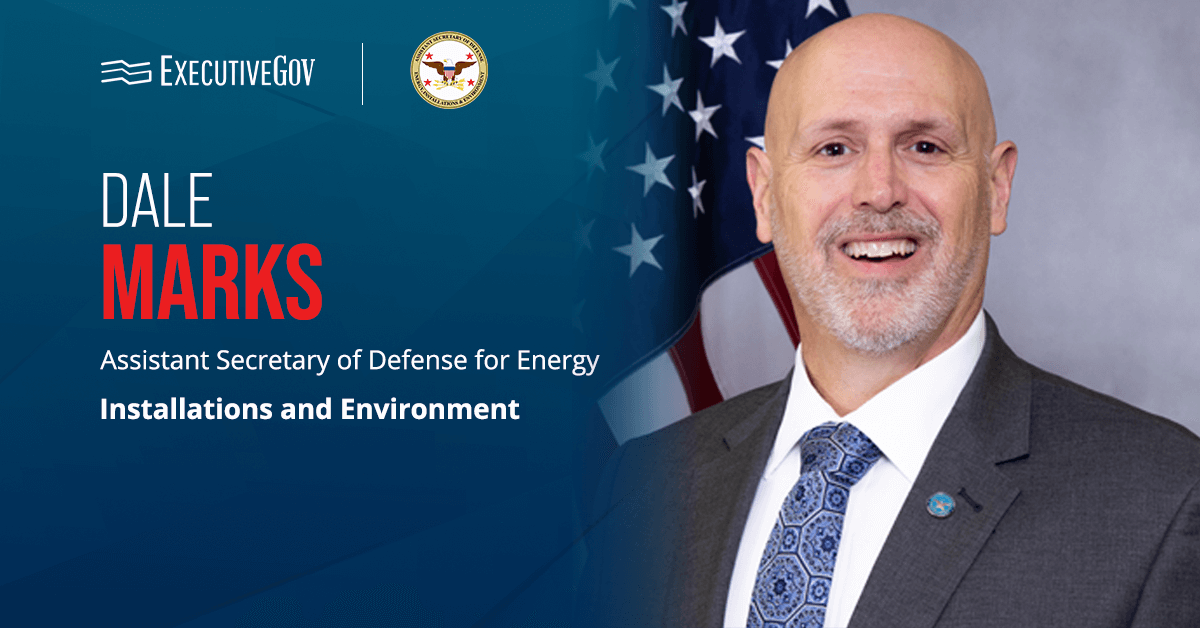The National Institute of Standards and Technology has issued a new white paper assessing threats to hardware.
Titled the Metrics and Methodology for Hardware Security Constructs, the 16-page document explores common hardware weaknesses and the attack patterns that malicious actors use to exploit them and recommends a systematic approach to analyzing risks.
The white paper is authored by researchers from NIST and the University of Maryland.
How to Assess Threats to Hardware
The agency’s proposed hardware threat analysis methodology involves linking hardware weaknesses with meta-level attack patterns. The white paper utilizes data from the Common Attack Pattern Enumeration and Classification, or CAPEC, a list of 559 known attack patterns compiled by the Department of Homeland Security and MITRE.
The methodology offers two key metrics: one that quantifies the number of weaknesses an attacker can exploit and another that looks at the number of attacks distinct attacks that an attacker can use to exploit specific weaknesses.
According to the researchers, their proposed threat analysis methodology is open to modifications to accommodate new weaknesses and attack strategies. Although it is designed for use on hardware, it may also be applied to all identified and emerging vulnerabilities, the researchers added.














